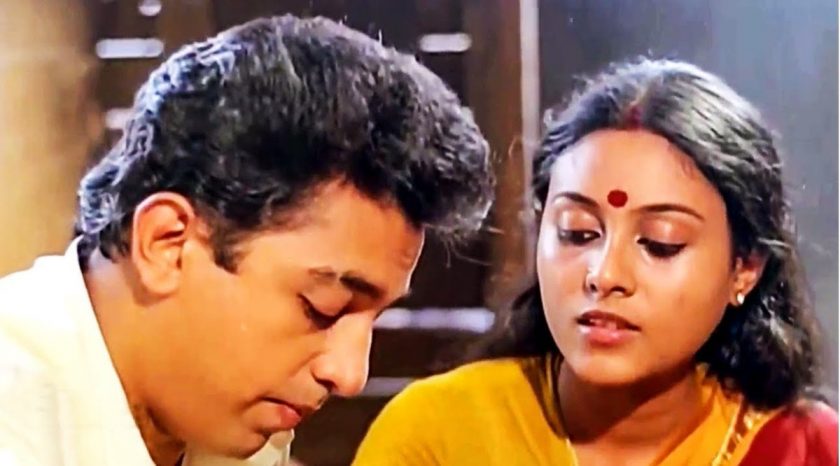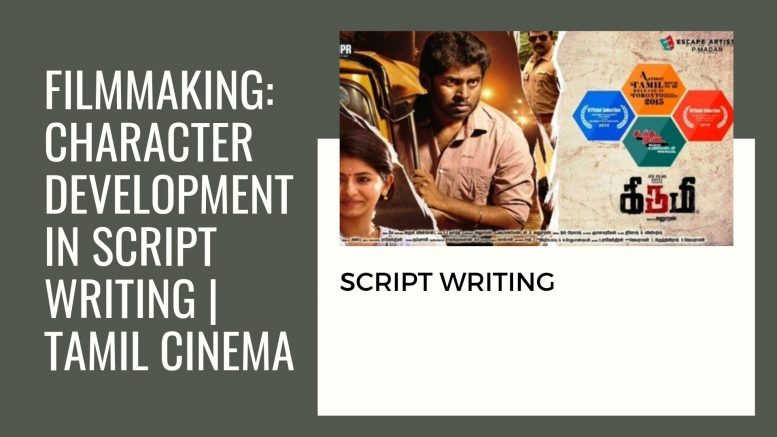Some movies manage to succeed at the box office despite receiving negative reviews. Others achieve remarkable success even without the presence of a single popular star. Additionally, certain movies resonate well with a specific audience segment, while others face criticism from different groups. These occurrences are commonplace in the world of cinema.
Indian audiences can be broadly categorized into five groups, akin to a perfect rummy set: Fans, anti-fans, and categories A, B, and C. For the purpose of this discussion, let’s set aside fans and anti-fans, as their preferences may not necessarily contribute positively to the film industry. Instead, we focus on the general category—comprising A, B, and C—which encompasses individuals with diverse tastes but interconnected preferences.
What does it take for a movie to be well-received by the general audience? The key ingredient is a perfect script. Achieving a flawless script necessitates impeccable character development. Even the most captivating story can fall flat if the lead characters lack depth and dimension.

Kali in Madras
Writing strong characterizations and maintaining them are crucial. Unfolding a story organically lends authenticity to the film, and characters play a pivotal role in achieving this. Take, for instance, Pa. Ranjith’s “Madras.” The main character is portrayed as short-tempered, holding a good software job, and sharing a close bond with a best friend as significant as his parents. He is impeccably dressed and a football player—these details contribute to character development. The entire script revolves around him, his best friend, the wall, the antagonist, Viji, Maari, and others. The character is firmly established in the title song, and this consistency is maintained throughout the film.
Character Crafting: The Essence of Cinematic Authenticity
Some movies require more time to present characters, risking them becoming flat and unlikable. This is where popular actors or those with a certain image come in handy. For example, Rajinikanth in “Baatcha” or Kamal Haasan in “Uttama Villain.” Kamal Haasan’s character, Manoranjan, is introduced from the very first scene, allowing the audience to delve into his story without the need for extensive establishment. If not for Kamal Haasan, the filmmakers would have had to establish many elements before delving into the story, such as the relationship between Manoranjan and Margadarshi

Nayakan
In their fanaticism for showcasing ‘mass’ action scenes and out-of-this-world comic dialogues labeled as ‘punch dialogues,’ filmmakers often overlook character development. The challenges a character faces should emotionally impact them, and subsequent scenes should reflect this emotional transformation. Mani Ratnam’s “Nayakan” links everything, from witnessing his father’s death to Vaappa’s demise, the police officer’s son, and marrying Neela, to the future self of Velu. Velu’s character develops consistently, a rarity in our typical ‘mass’ movies.
Beyond Mass Appeal: The Imperative of Character Development in Cinema
Movies with popular stars and a mass following often rely solely on the star, neglecting character development. Filmmakers assume the audience will easily accept the character. However, in reality, it’s the star’s hardcore fans who readily embrace it, not the general audience. The general audience may or may not form an emotional attachment to the character the star is portraying. This lack of a reasonable justification for the character’s actions leaves the general audience puzzled. That’s why a ‘hater of a star’ might find it challenging to accept a movie that the ‘fan of the star’ easily embraces. Audiences connect with stories through the characters.
Kirumi
The less characters are affected by dramatic action, the less the audience cares about the story. Everybody has a flaw, something that holds us back in life. Once we establish a character’s flaw, we can create challenges that drive the story forward. Take the character Kali in “Madras”; his short temper propels the story. Similarly, in Thiagarajan Kumararaja’s “Aaranya Kandam” and Anucharan’s “Kirumi,” the lead characters are not the usual perfect individuals.
Character-Driven Narratives: The Heartbeat of Exceptional Cinema
For example, in “Kirumi,” Kathir embodies a selfish demeanor, engaging in actions that may not initially win the audience’s approval. However, the filmmaker skillfully creates sympathy for Kathir, making the audience care for him as the story unfolds. The growth, fall, and challenges that Kathir faces are all a result of his character. Unfortunately, such character-driven narratives are not as common in the realm of ‘mass-friendly hero’ movies in India. Stories are only as good as the characters they feature. It is always better to create compelling characters to make an exceptional movie.

Cinephile. Learning the art of filmmaking. Writer. Filmmaker.


Be the first to comment on "Filmmaking: Character Development In Script Writing"